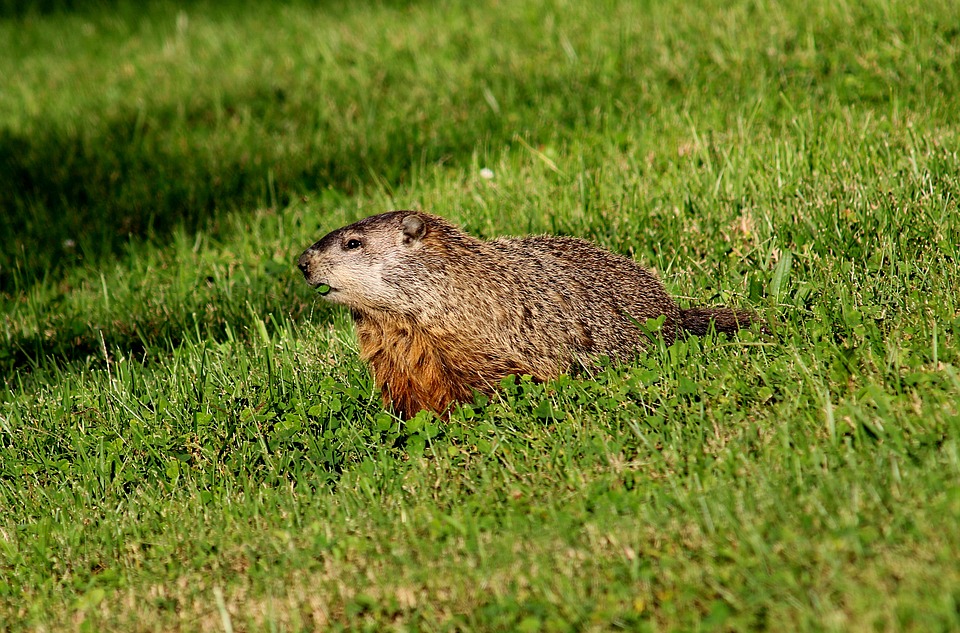Groundhog Day is celebrated on February 2 of each year. The folklore holds that the emergence of the groundhog from its burrow on this day will predict the arrival of spring. If the day is cloudy, there may be an early spring that will bloom before the vernal equinox. If the weather is sunny when the groundhog emerges, it will see its shadow and return to its den. This signals that winter will persist for six more weeks.
The celebration of Groundhog Day is particularly festive in Pennsylvania where Groundhog Lodges celebrate the day with social events. They serve food and host themed activities and entertainment. The largest celebration is held in Punxsutawney, Pennsylvania with the groundhog Punxsutawney Phil making his prediction about the duration of winter.
Whether the predictions are true or not, they turn people’s attention to preparing for the eventualities of different weather patterns. If the prediction is a shorter winter, people can anticipate less moisture, which means that there will be dry conditions and potential brush fires. If the prediction is for a longer winter, people may prepare for storms and water-related disasters such as floods.
Groundhog Day is a fun tradition, but the bottom line is that we should all be prepared for whatever Mother Nature may bring. It’s important to keep extra water on hand for drought conditions. For winter weather, you should keep rock salt, snow shovels, and automobile ice scrapers on hand. You should also store flashlights (with batteries), candles, and hand-crank radios. It’s not a bad idea to invest in a generator to keep critical appliances running in case you lose power for extended time periods.
No one can prevent natural disasters, but we can all take measures to mitigate their harmful effects.

